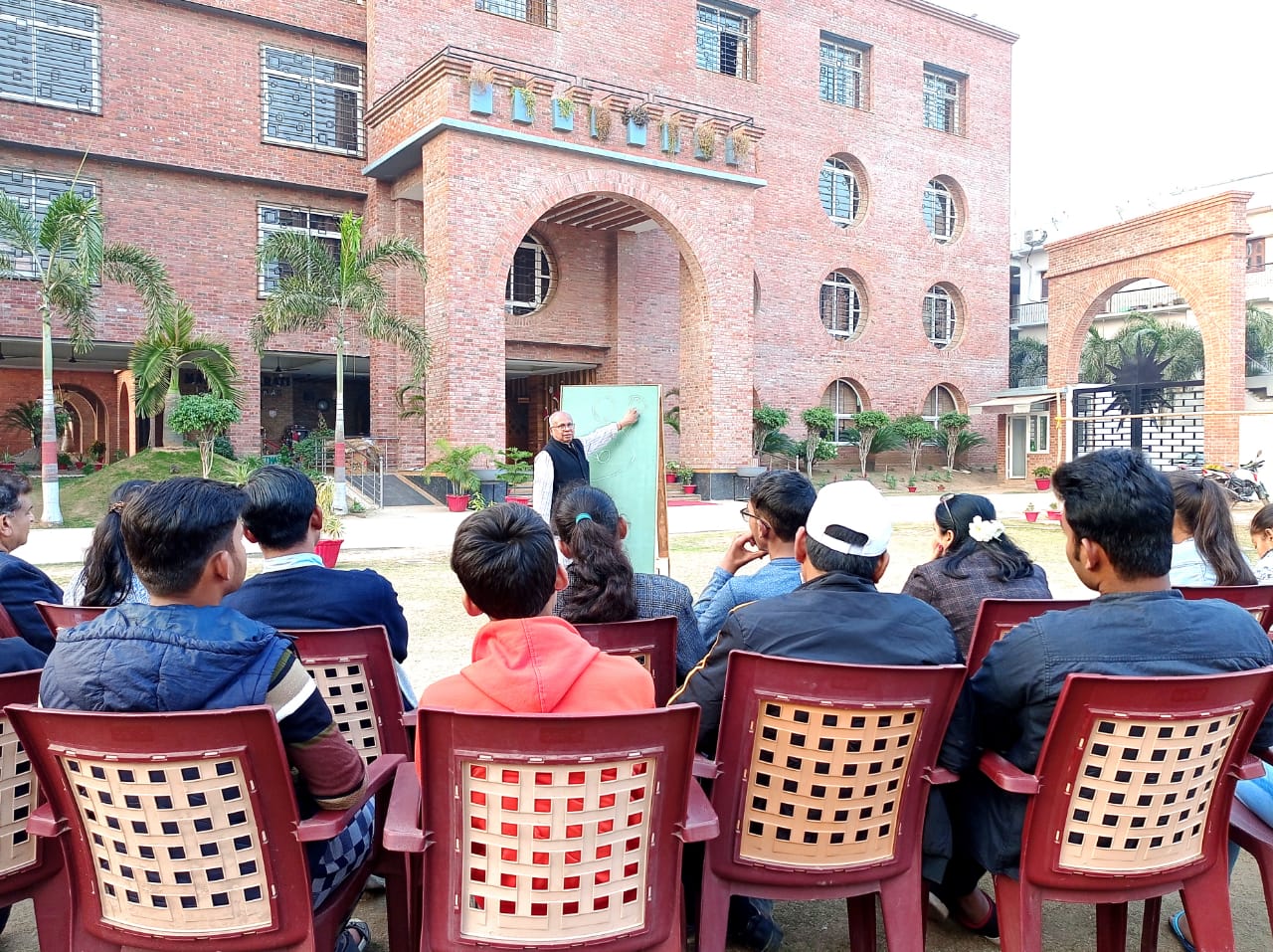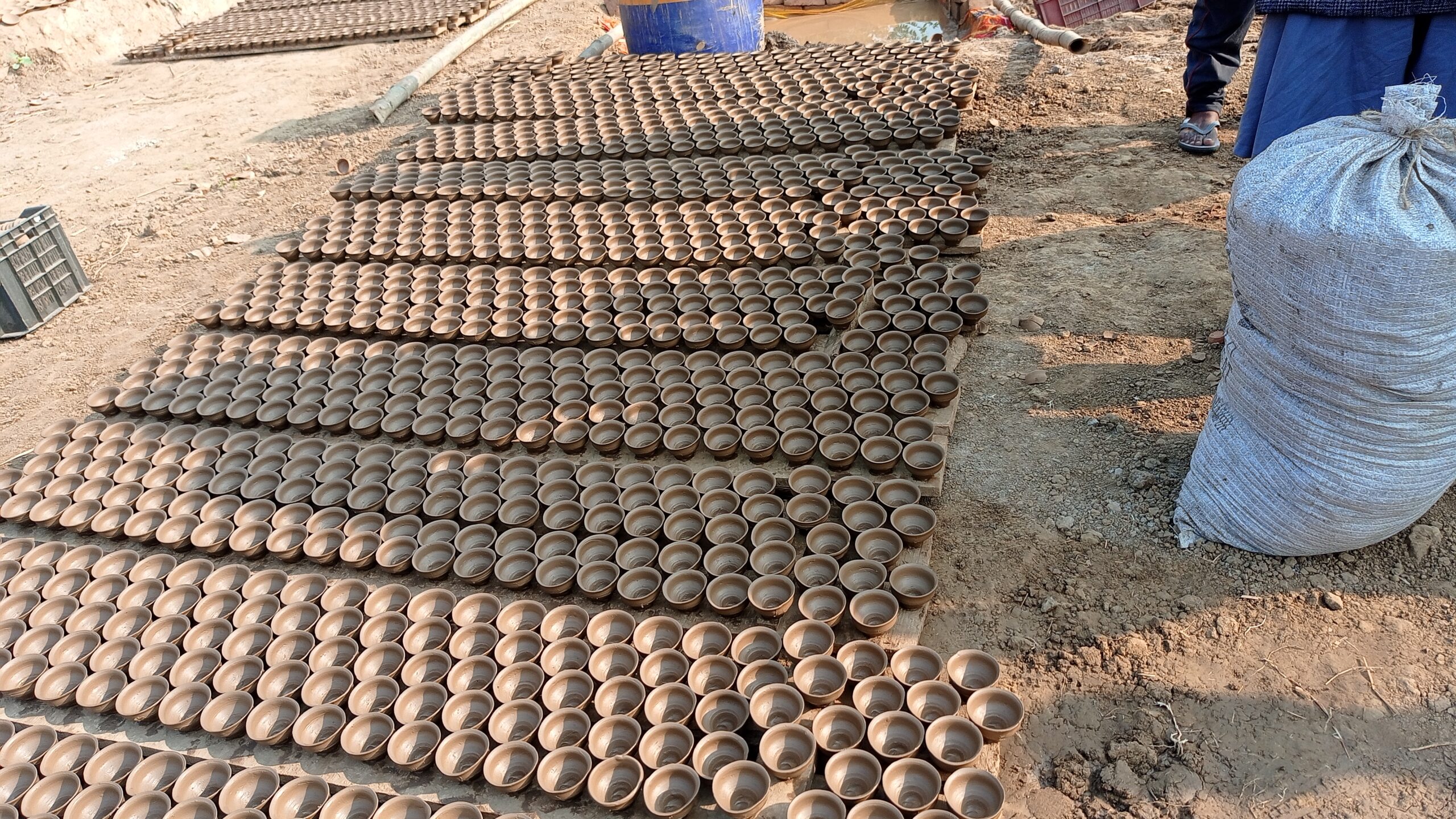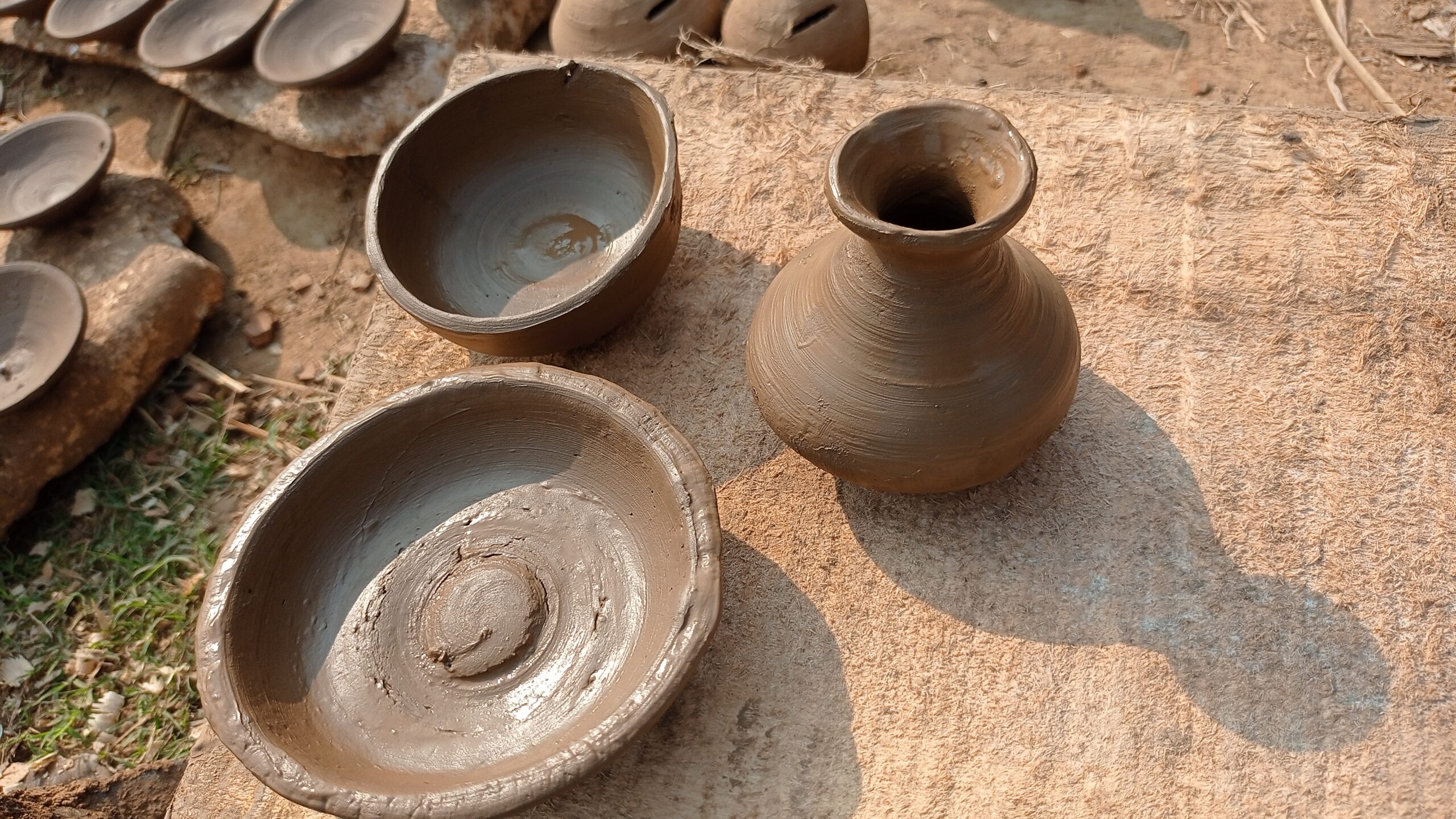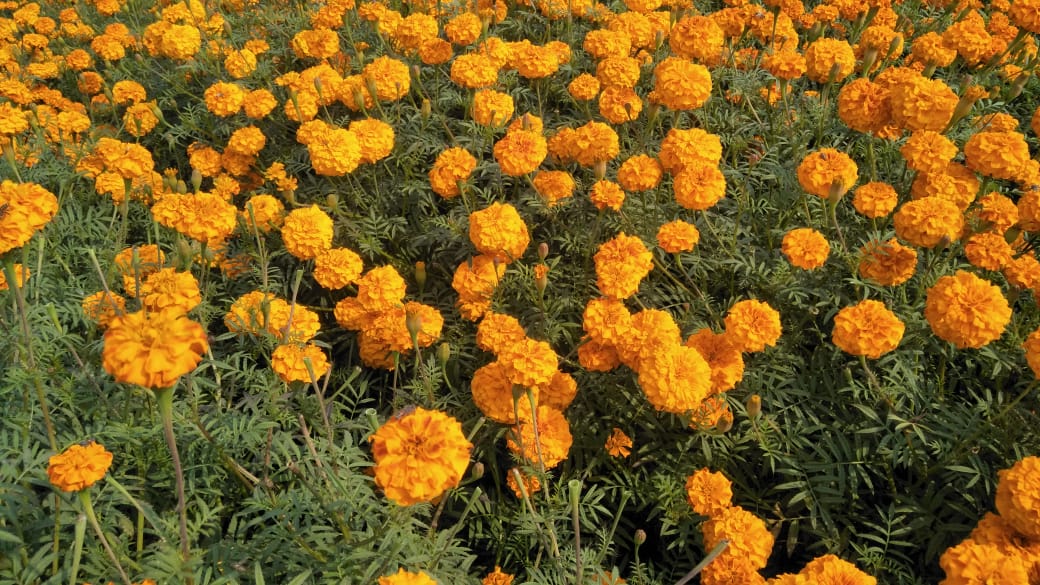In his book “Whose Reality Counts?”, Robert Chambers highlights the significant disparities between the realities experienced by those in positions of power and those at the periphery of society, particularly in the context of India, where the divide between the rich and the poor continues to grow. The World Inequality Report 2022 reveals that in the year 2021, the top 10% of earners in India held 57% of the country’s total national income, the top 1% hold 22% and the bottom 50% hold just 13%. This prompts the question of whose reality truly counts in shaping the future of the country.
Having a limited understanding of the realities and challenges faced by different segments of society can hinder progress and development. This can lead to inadequate solutions that benefit certain groups while leaving others behind, a lack of empathy and solidarity among different segments of the society, and perpetuation of negative stereotypes and biases.
To build a more inclusive and equitable society, it is crucial for everyone, especially the younger generation, to have a deep understanding and appreciation of various realities and challenges faced by different segments of the population across urban and rural areas.
One way to do this is through programs that enable young people to learn about and explore various aspects of village life, including education, social structure, healthcare, waste management, livelihood, and governance. These programs can offer a rich and meaningful learning experience that helps to bridge the gap between theoretical learning and hands-on experience, and fosters a greater understanding and appreciation for different cultures and ways of life.
I recently had the opportunity to participate in a community engagement program at Manav Bharti International School in Patna, Bihar. My visit to the school was truly enriching, inspiring and eye-opening. There, I saw a strong emphasis on creativity and self-expression. The learning environment promotes fearlessness, encourages students to be themselves and learn in their own ways. It results in engaged and motivated learners with important skills such as critical thinking, problem-solving, and effective communication. All of this makes it an empowering set-up where students become confident, self-directed and well-rounded individuals.
About the program
As a part of the community engagement program, students learn theories of engagement and participate in rural immersion. They visit nearby villages over two days, during which they explore various aspects of a rural life and begin to build an understanding of the lifestyle of people living there. Overall, the aim is to provide students with a meaningful learning experience that also helps them appreciate different cultures and ways of life, as well as bridges the gap between theoretical learning and hands-on experience.
I was with a group of six students accompanied by a teacher and supervisor to visit Anda Gaon in Phulwari tehsil of Patna. It has a population of 1,138 people across 213 houses and a literacy rate of 74.27%. The main source of livelihood is agriculture. They mostly grow wheat, vegetables and fruits such as neem, mango, and lemon. People also occupy themselves with cattle farming and poultry farming. Our group’s focus areas were floriculture and pottery.

Pottery
We met Shravan Kumar, a potter. He specializes in making kullhads (earthen cups) used for serving tea. He has a lot of practical knowledge and experience in pottery, including the ability to design his own machines as well as growing his sales threefold in a year. His business produced and sold over 10 lac pieces last year.
The traditional process involves collecting and preparing clay, shaping it into the desired form, drying and firing it, and glazing followed by firing it again. It requires skill, patience, and attention to detail.


Shravan faced difficulties in expanding his business due to a lack of financial and social support. Earlier, only two families in the village were involved in this occupation. Young people are not keen on taking it forward. Shravan hopes that by introducing electric potter wheels, he could increase the production and make the work more lucrative for youth. He also believes that it would help reduce production costs and create more employment opportunities in pottery at the village level.
Also read: Kumbhars Of Bangalore, Off The Wheel
Floriculture
We spoke with a local florist who has been in the business for 20 years. I learned that they produce flowers on a land leased from landlords. Each family is typically allotted about 1.5 beeghas. The minimum cost for a one-year lease is 10,000 rupees. People told us that the main challenge of this business is its time and labor intensive nature, with relatively low-profit margins.
Women are the primary laborers in this industry and are paid minimal wages based on the number of garlands they make. For example, they get 40 rupees per 100 garlands i.e. only 40 paisa per garland. They pluck as well as weave the flowers.


The process of flowering involves preparing the soil, watering, sowing seeds, fertilizing, and finally harvesting the flowers after three months. However, during non-festive seasons, the market could decline and it becomes difficult to sell flowers, leading to losses. The florists sell their garlands at a wholesale price.
Another challenge is the lack of large plots of land for growing flowers, which makes harvesting more difficult. Despite these challenges, the florists mentioned that they had benefited from a government program that provides subsidised electricity. They also expressed concern about the future of floriculture in the village. It seems less likely that young people would engage in this work.
My Key Learning
I got to learn a lot just by visiting this village and interacting with locals. It helped me understand various processes and challenges in making products that are readily available to us. Prior to this, I had never given much thought to where the things that I use on a daily basis, come from. Or the effort that goes into making them. I’ve had tea in a ‘kullhad’ more than a hundred times without considering how the cup is made. Same goes for a flower garland. This community engagement program opened my eyes to the whole process of producing these items. This experience was not only educational but also reflective.

I was able to build an understanding of the challenges faced by people working in the field of pottery and floriculture. It can be a valuable learning experience to develop a holistic perspective of the world around us. I’m grateful to Dr. Rajeshwar Mishra sir and Pradeep sir for inviting us, to the students and teachers of Manav Bharti, and the local community members for their contributions in making this experience possible.

References:



0 Comments